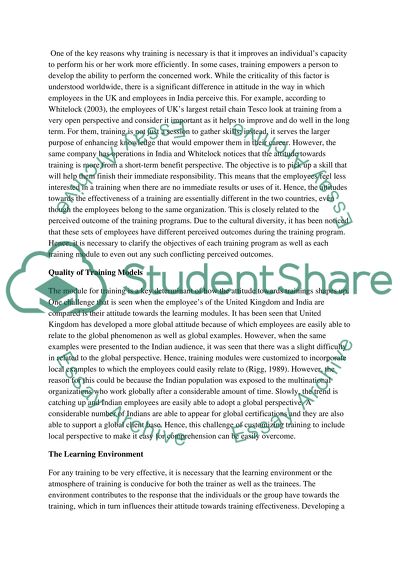Cite this document
(“The subject is in HRD Essay Example | Topics and Well Written Essays - 2500 words”, n.d.)
Retrieved from https://studentshare.org/environmental-studies/1410983-the-subject-is-in-hrd
Retrieved from https://studentshare.org/environmental-studies/1410983-the-subject-is-in-hrd
(The Subject Is in HRD Essay Example | Topics and Well Written Essays - 2500 Words)
https://studentshare.org/environmental-studies/1410983-the-subject-is-in-hrd.
https://studentshare.org/environmental-studies/1410983-the-subject-is-in-hrd.
“The Subject Is in HRD Essay Example | Topics and Well Written Essays - 2500 Words”, n.d. https://studentshare.org/environmental-studies/1410983-the-subject-is-in-hrd.


